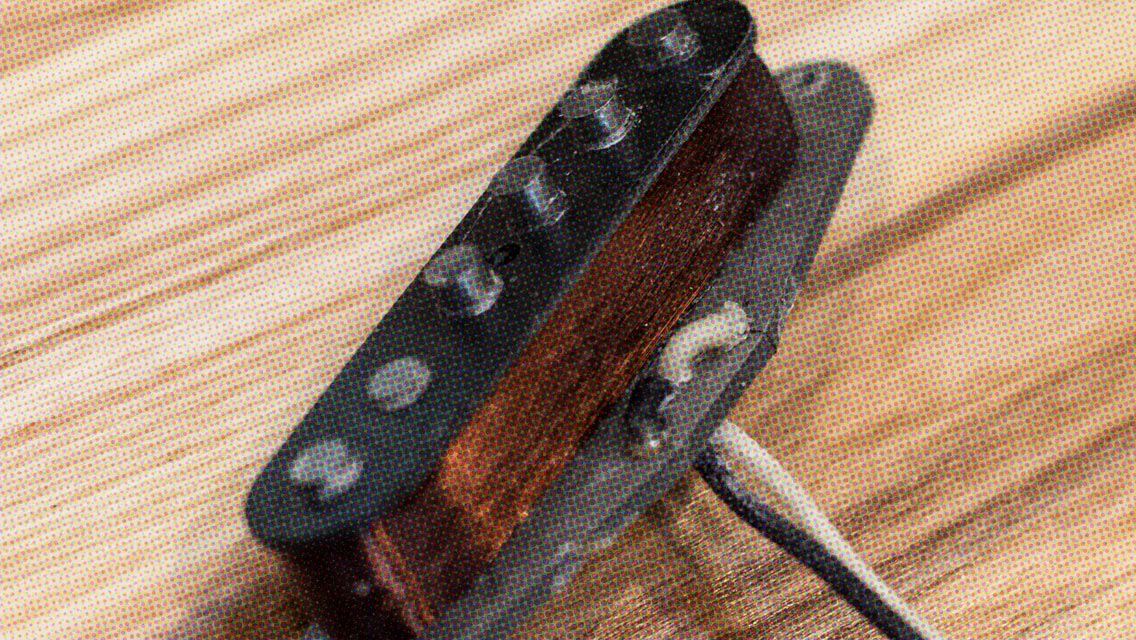So we often hear.
Fender ceramic pickups vs alnico.
The result is a slightly hotter sounding pickup with more treble response.
And that they did alnico magnet pickups were found to produce a smooth warm and highly musical tone.
Ceramic magnets are made from ferrites often iron oxides.
Alnico seems to be the popular favorite but on the other hand there is no shortage of popular recordings that feature ceramic.
Alnico vii is in some pickups but this is rare.
Alnico tends to produce a very musical pickup in most.
You ll notice more midrange and treble response from a ceramic pickup.
Ceramic pickups generally offer a brighter and more glassy sound.
Ceramic even brighter than alnico v or iii and often used for high output pickups to help counterbalance the treble lost by the higher dc resistance many other factors effect tone.
Whereas ceramic is used in metal as it sounds tight loud and cool.
Alnico is nice and warm and great for blues.
Ceramic pickup magnets for you.
Sure enough fender started making pickups with alnico magnets as early as the late 1940s.
Well good because we decided to go ahead and write a short comparison guide on alnico vs.
A lot of people automatically say that alnico is superior to ceramic in pickups.
You often hear that the sound of a pickup is dominated by the choice of magnet used in its construction.
Alnico vs ceramic magnets.
Back then alnico was the high tech material of the age and fender continued to use it through the 1950s and 1960s.
Alnico pickups provide a warmer sound and generally have a little more bass response.
There are a lot of different components and modifications that go into shaping the sound of a pickup.
For example the guage of the magnet wire is known by pickup manufacturers to effect tone.

